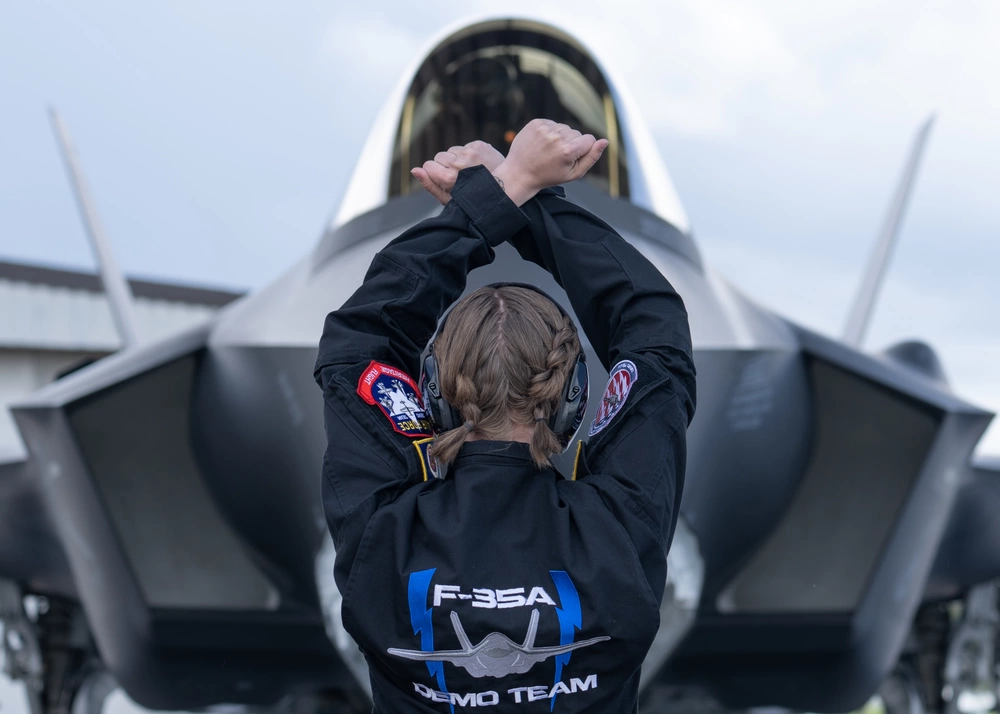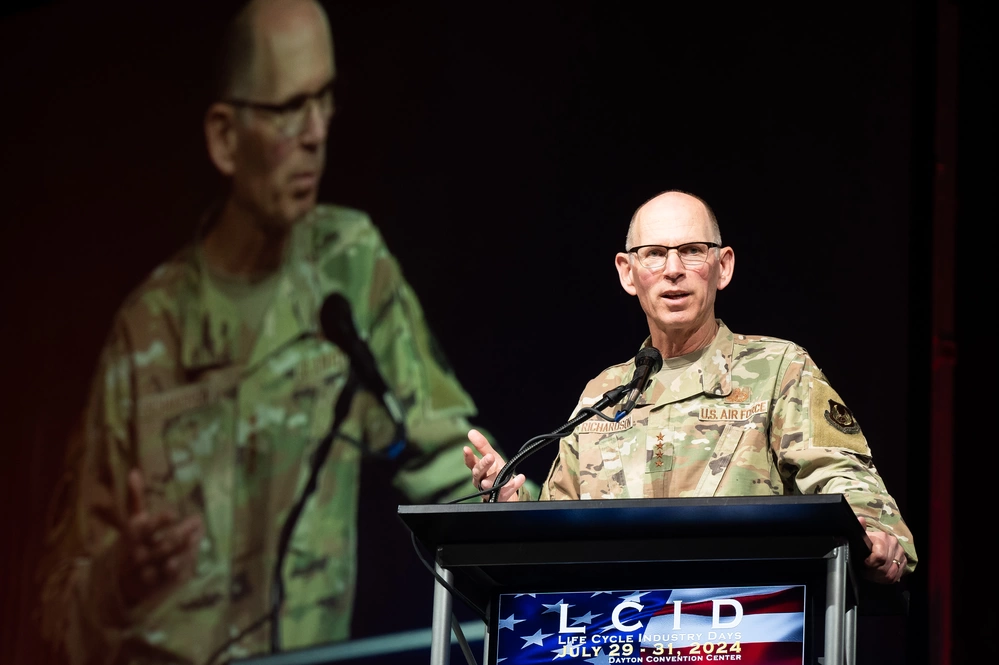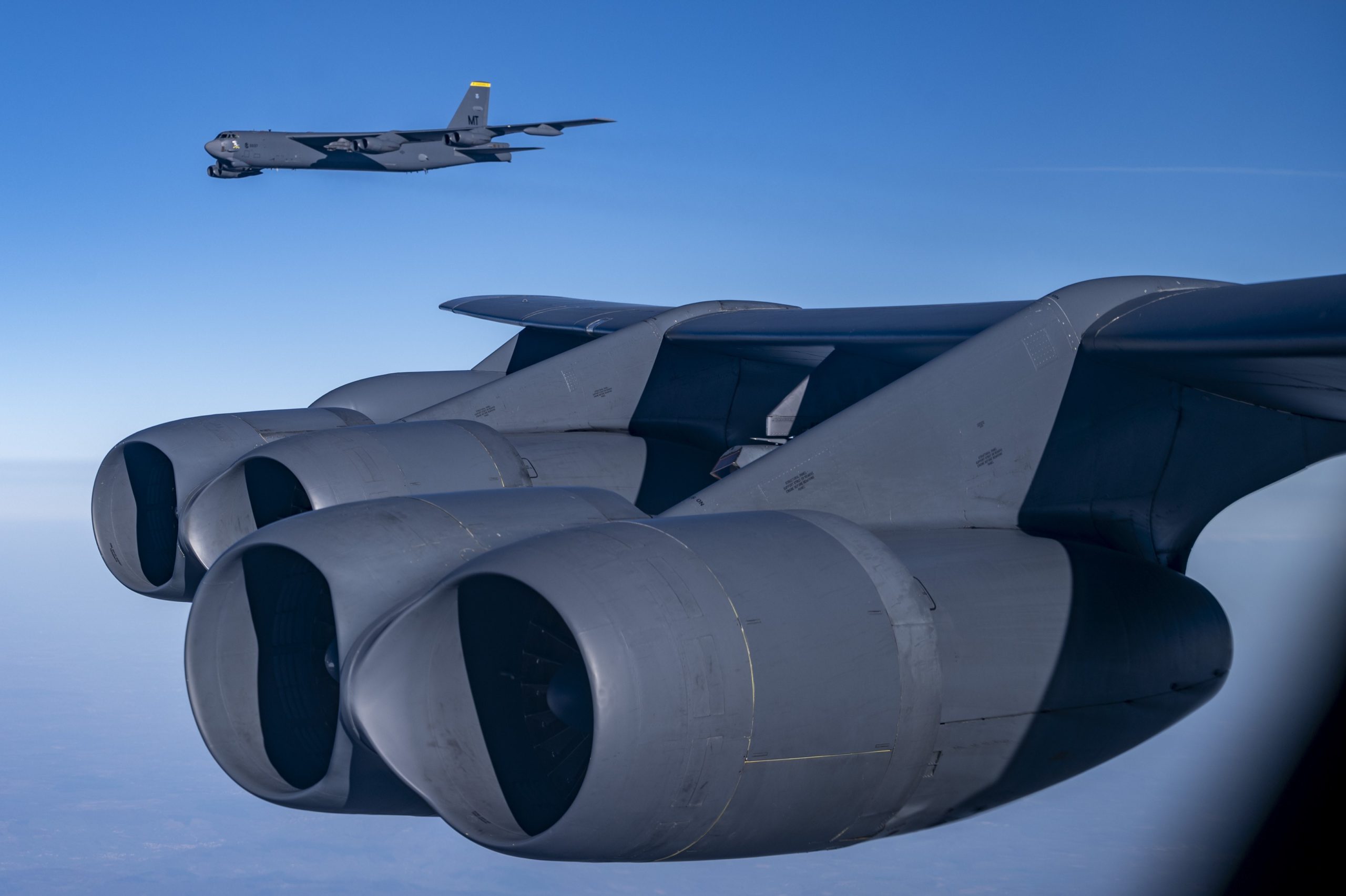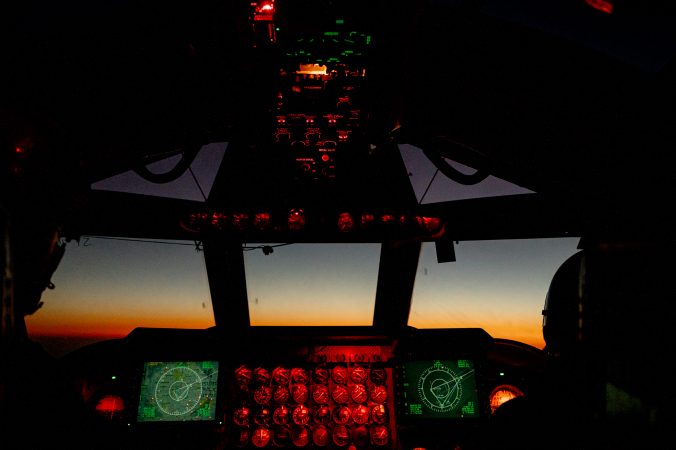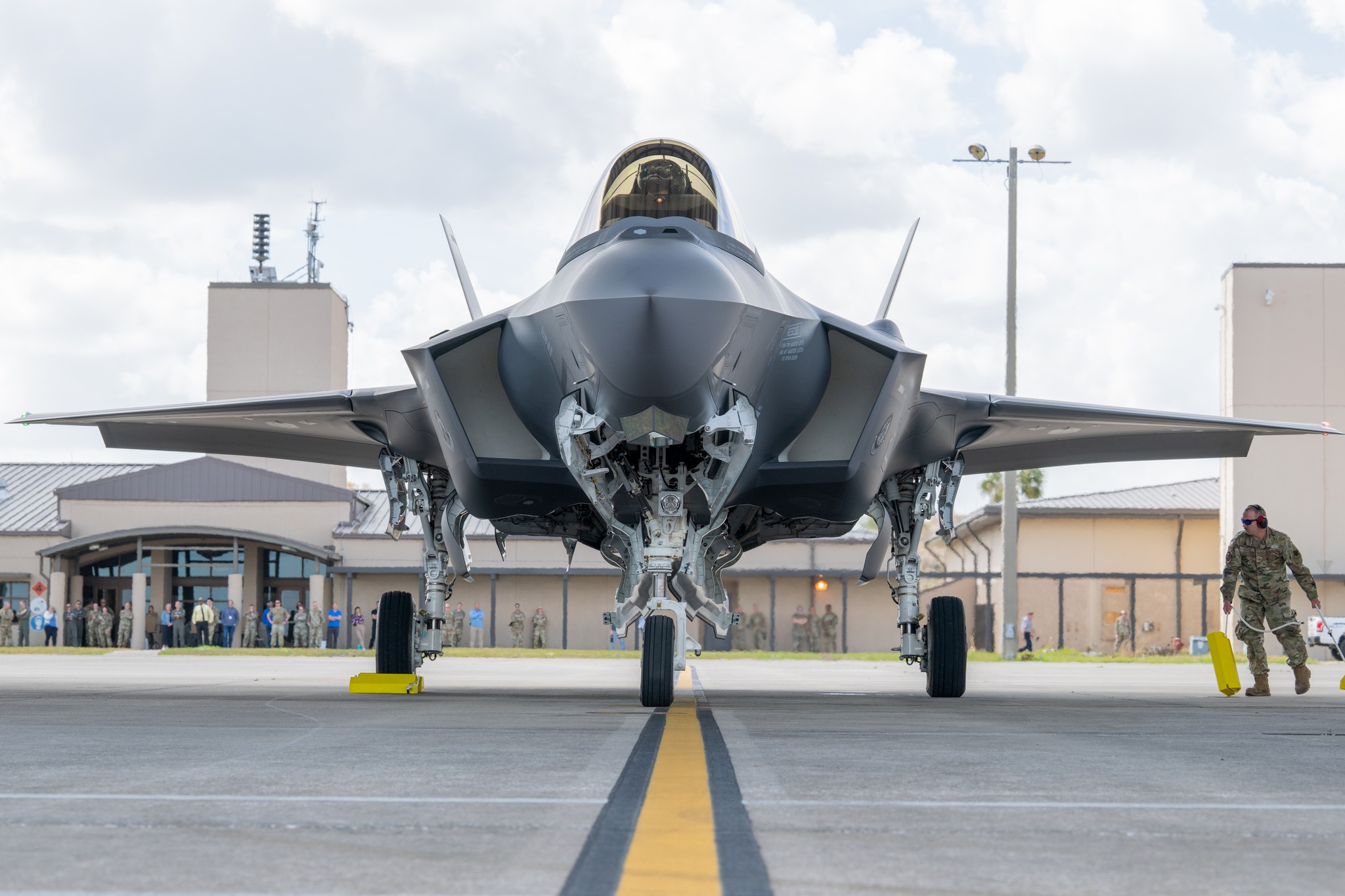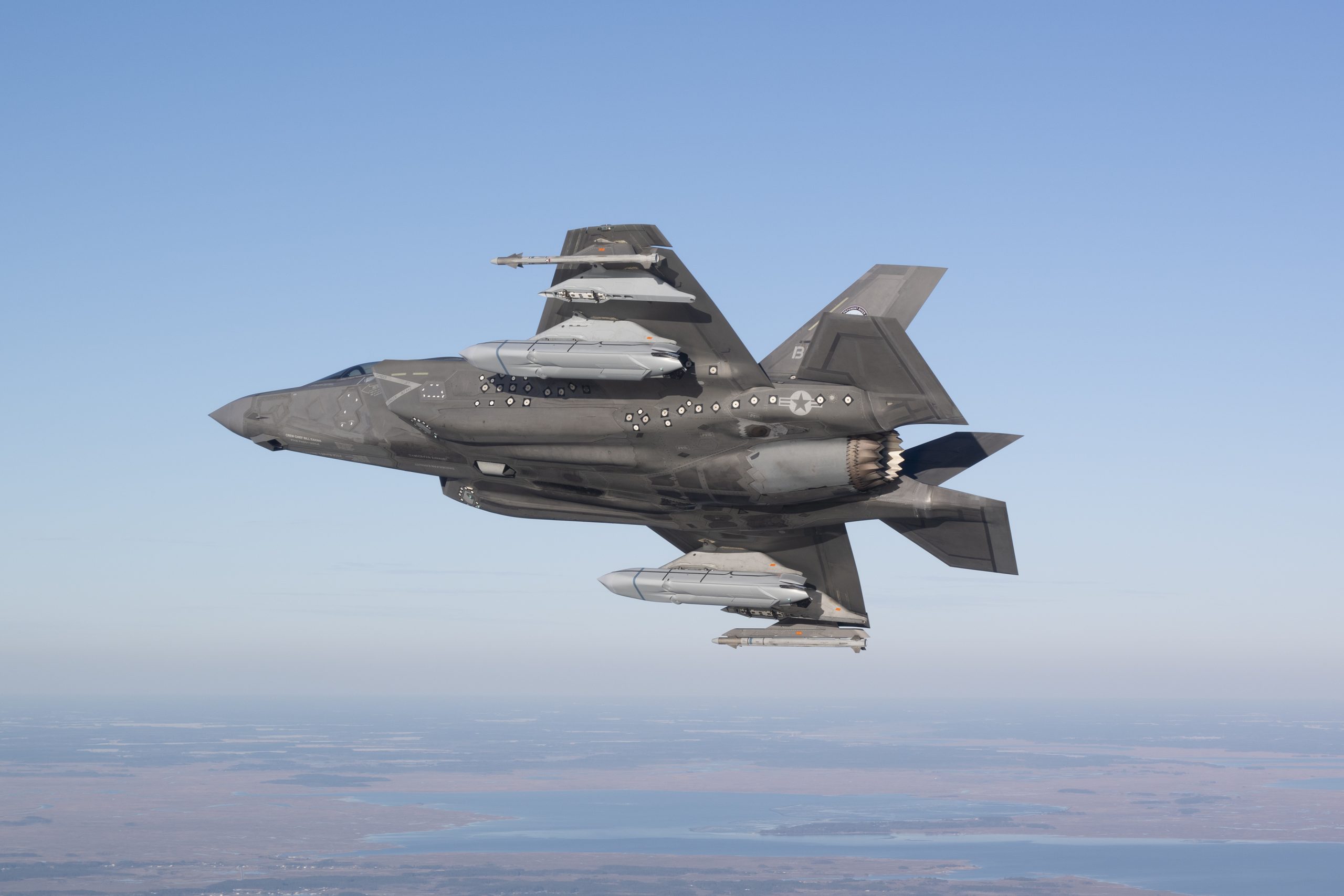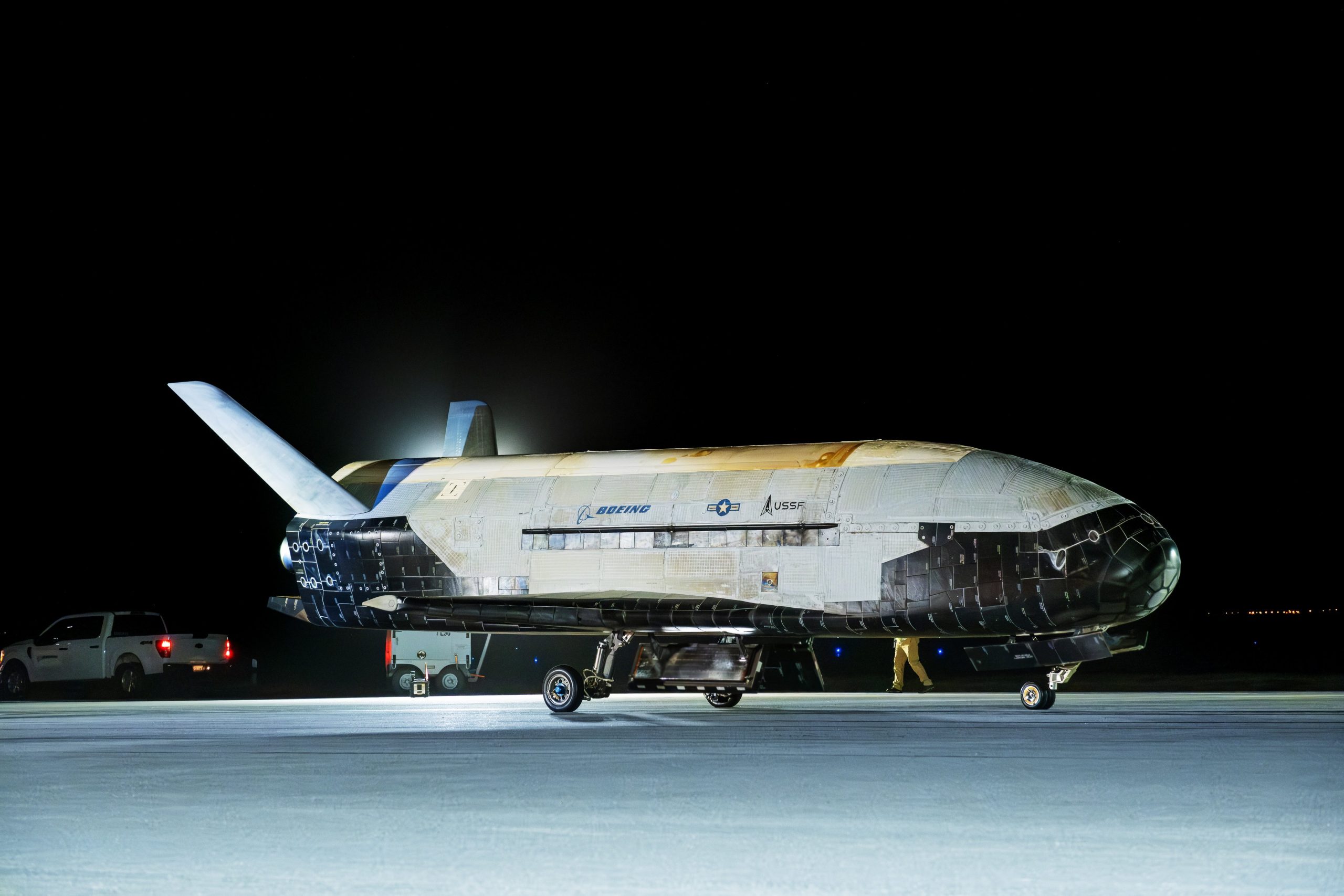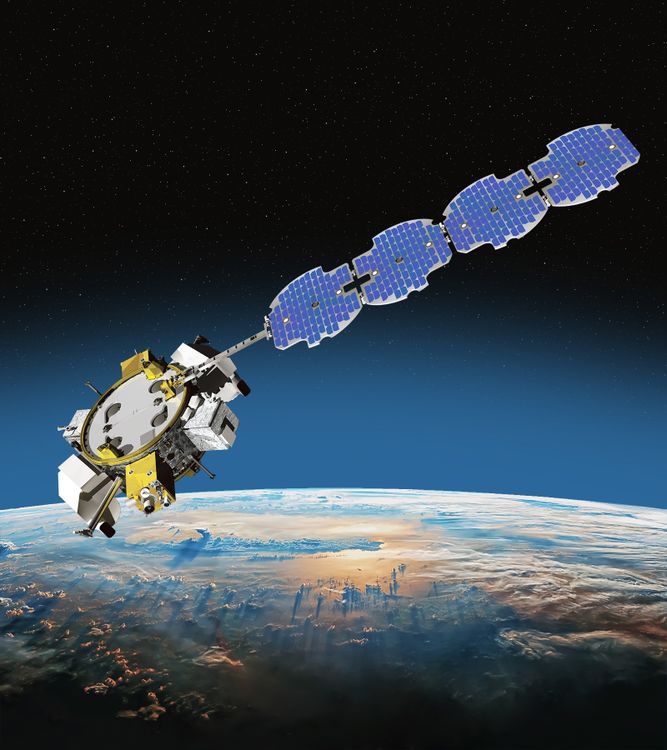Late last month, the Office of the Secretary of Defense ordered the removal of military news content that promoted diversity, equity, and inclusion, and in the weeks since, some Air Force veterans and civilians have been surprised by what disappeared.
“This morning, I discovered that USCENTCOM’s story about my journey reaching 1,000 combat hours in the F-15E was removed during a recent purge of DEI history,” said retired Lt. Col. Jennifer Cannon, a former F-15E Strike Eagle weapons systems officer, in a LinkedIn post on March 8. “Interestingly, my story didn’t focus on DEI—it was about dedication, teamwork, and supporting our ground troops[.]”
Chief Pentagon spokesman Sean Parnell directed the removals in a Feb. 26 memo to senior Pentagon leaders, commanders of combatant commands, and defense agency and DOD field activity directors. Titled “Digital Content Refresh,” the memo told the offices to remove by March 5 “all DoD news and feature articles, photos, and videos that promote Diversity, Equity, and Inclusion (DEI).”
The memo described DEI content as including but not limited to “information that promotes programs, concepts, or materials about critical race theory, gender ideology, and preferential treatment or quotas based upon sex, race or ethnicity, or other DEI-related matters with respect to promotion and selection reform, advisory boards, councils, and working groups.”
Articles that focus on “immutable characteristics, such as race, ethnicity, or sex” or “which [are] counter to merit-based or color-blind policies” should be removed, Parnell wrote. His guidance echoed Defense Secretary Pete Hegseth’s direction that such content can “divide the force—to put one group ahead of another—erode camaraderie and threaten mission execution.”

While removing content from public view, organizations were directed to archive deleted content in compliance with federal record management policies. Archived social media and website posts are no longer visible to the public on government sites, but may be found through public resources, such as Internet Archive’s WayBack Machine. Dr. Eileen Bjorkman, a former flight test engineer and executive director of the Air Force Test Center at Edwards Air Force Base, Calif., said a 2021 interview she did for Women’s History Month had been taken down, though a copy survives on the WayBack Machine.
In the interview, Bjorkman spoke about how there were fewer opportunities for women in the 1970s and the 1980s when they were breaking into the military, and the importance of retaining that history.
“Many people today either don’t know the history of women in the military or they have forgotten that there was a time when we weren’t treated as equals,” she told Air & Space Forces Magazine.
Each public affairs office is responsible for scrubbing its own social media accounts and websites, while the Defense Media Activity is responsible for reviewing content on its centralized Defense Visual Information Distribution Service (DVIDS).
Since many public affairs offices are reviewing content one-by-one, some posts that have been taken down on a base website remain up on major command or component websites, and vice versa. By March 6, some 26,000 images had been flagged for removal, according to the Associated Press, which quoted one official estimating the total could climb to 100,000.
Surprised Vets
Air Force veterans and civilians were surprised to find stories removed that had little to do with DEI.
“Starting with my first combat sortie in Afghanistan in 2009, I had amassed over 2,000 flying hours and 230 combat sorties,” wrote Cannon, the former F-15E weapons systems officer. “Each flight was a testament to my commitment to serving and protecting Americans.”
The story, which was taken down from U.S. Central Command’s website but remains on DVIDS and the Air Reserve Personnel Center website, was about a WSO achieving a rare milestone: 1,000 combat hours. The fact that the WSO was female was incidental, she said: “Let’s preserve the stories that define us and celebrate the achievements of all who serve.”
Retired Chief Master Sgt. of the Air Force JoAnne Bass, who was the first woman to hold the highest enlisted rank in any U.S. military service, made a similar point on her social media pages.
“For some, this might seem like just a policy decision. For those of us who have fought, bled, and led in this uniform, it is personal,” she wrote. “When you strip away the recognition of those who have given so much, you send a clear message: Your service and sacrifice are appreciated, but not enough to be remembered.”
Others were concerned to see posts removed about their efforts to promote aviation and STEM among women and girls, who are underrepresented in those fields.
“In my discussions with young women, many feel that being a pilot is incompatible with marriage and motherhood,” said Bjorkman, the flight test engineer. “I know that some people believe representation isn’t important. But I like to point to the number of women in forensic science these days,” many of whom were inspired by female characters in TV crime dramas.
“Hearing about how female pilots and other aviators have navigated those challenges can show younger women that the career path is viable for them,” she said.
Highlighting underrepresented groups and encouraging their participation is not the same as giving them a leg up, Bjorkman said. Instead, it’s about reaching people who may not have considered these career fields otherwise.
“When I was a senior Air Force civilian, we talked about equal opportunity, not necessarily equal outcome,” she said. “If applicants don’t reflect merit, they won’t get the job, but they certainly won’t get the job if they don’t know about it and don’t apply.”
Jessica Peterson, a former civilian Air Force flight test engineer, was disappointed by the removal of an article about her and her all-female wingmen flying T-38s over the U.S. National Women’s Soccer League in San Jose in 2023, though a stub about the event still exists on the Air Force Materiel Command website.
“This one was personal,” she wrote. “It was my final T-38 flight as a civil servant and my only flyover of a sporting event. We were honored to support our US Women’s Soccer Team and all the fans at the event.”
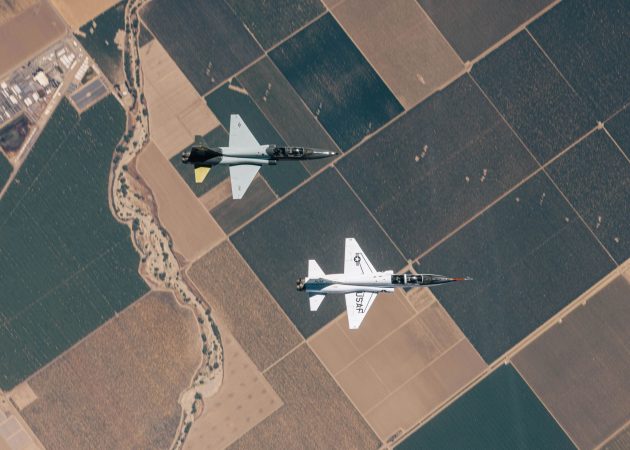
The engineer was also disappointed to see articles removed about her work to highlight disparities in minority representation in STEM fields, and to develop flight test equipment for female aviators. “Not sure what about getting anatomically correct flight equipment for females [bladder relief systems] is offensive,” she said.
Following President Donald Trump’s Jan. 20 inauguration, the Air Force suspended a series of “Athena” programs, grassroots efforts by women in various Major Commands who came together to tackle issues as varied as flight suits and helmets designed for women and the availability of childcare on base, a universal challenge for military members, male and female. Also shut down were various Barrier Analysis Working Groups.
“The intent was just a way for our Airmen, our aviators, to be able to get appropriately fitting flight suits and gear,” one Athena lead told Air & Space Forces Magazine in January. The group identified research that “showed that especially ejection seat pilots, if they do not have properly fitting gear, then their survivability decreases.”
Because women make up just 8.5 percent of Air Force pilots, according to 2024 data, almost any article about female aviators tends to highlight that aspect, which might then increase the likelihood that such articles might be removed, Peterson said.
Aniza Brown, a former Air Force civilian engineer discovered videos she made about women in STEM fields were also removed from Air Force sites.
“Those videos were meant to inspire girls to pursue STEM careers,” she said. “I was the only female engineer in F-16s for a long time, and now those efforts to show what’s possible are just… gone.”
Other articles taken down sporadically across military websites documented the first female fighter pilot of the Air National Guard’s 104th Fighter Wing, and the first Space Force Guardian selected for a White House fellowship, who happened to be a woman.
A 2018 letter written by the male commander of an airlift squadron to his then seven-year-old daughter was removed; the letter had been published in recognition of Women’s History Month on the Travis Air Force Base website.
“It acknowledged women’s challenges in our country, the courage of those who compelled progress, and the promise of a new generation,” Col. Erik Fisher wrote on LinkedIn. Like many other such posts, the letter was preserved on WayBack Machine. “Dare to dream, strive to greatness and never let anyone limit your hope,” he wrote to his daughter about an all-female C-17 Globemaster III crew from his squadron, nicknamed the “BEEliners,” that flew to Australia. “These BEEliner ladies flew this mission for you and many others. Like the women of the suffrage movement, they give you the priceless gift of a better tomorrow.”
Retired Col. Nicole Malachowski, the first female Air Force Thunderbird pilot and a former F-15E squadron commander, said several articles and social media posts about her had also been removed.
“I didn’t serve 21+ years in the military, supporting and defending the Constitution, for censorship to become an accepted norm in my country,” Malachowski told Air & Space Forces Magazine. “It’s one thing for the administration to say, moving forward we won’t be doing articles, stories, or posts on these topics. But, to go back and delete? We are on a slippery slope.”
Pentagon Editor Chris Gordon contributed reporting.
